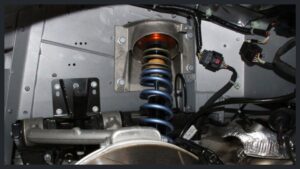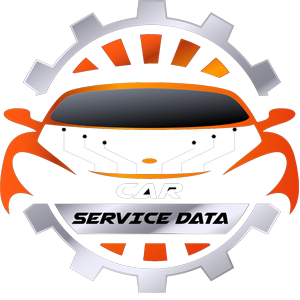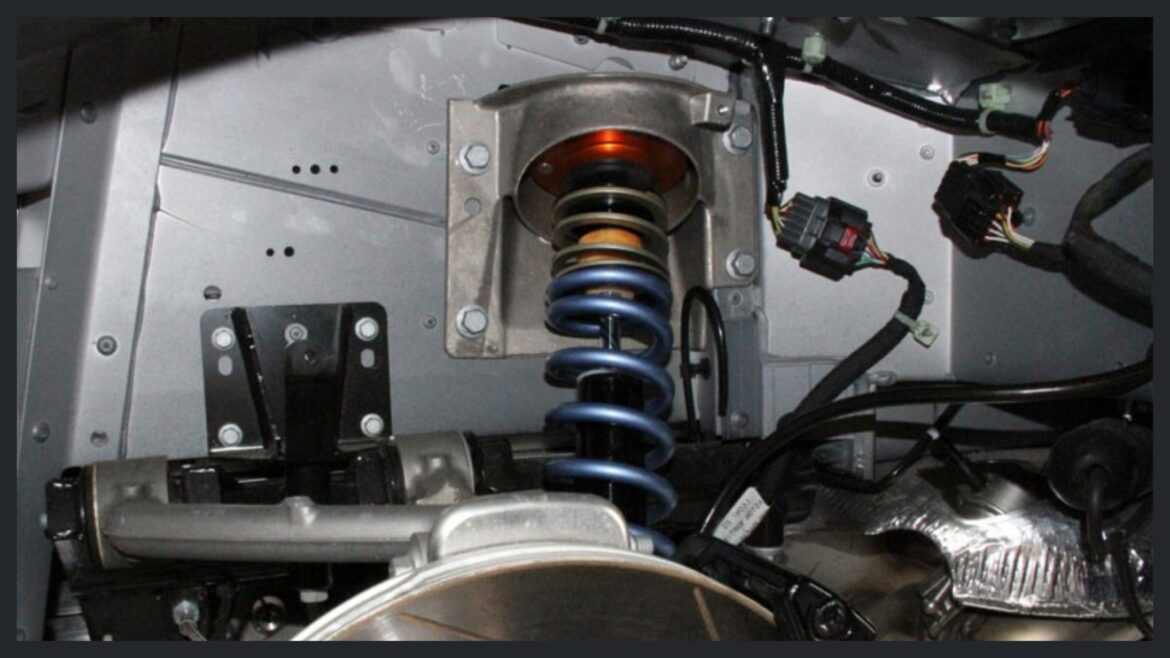
What is the Difference Between Shocks, Struts, and Coilovers?
Shock absorbers, struts and coilovers are part of a modern suspension system. Suspension gives a vehicle its handling and ride quality. There are many different suspension designs depending on the type of vehicle.
Because some suspensions are designed to handle the vehicle’s handling properly. Some people place a premium on handling, which can result in a bumpier ride for the driver than broken asphalt. Each suspension architecture has its own advantages and disadvantages. The use of struts and shock absorbers is factored into these design decisions before the vehicle rolls off the assembly line.
Are shock absorbers and struts the same thing? Although struts and shock absorbers serve similar purposes, they are not the same thing. Here are some differences between shocks, struts, and coilovers.
What is a shock absorber?
A shock absorber is an oil-filled cylinder designed to dampen the vibrations of a coil spring. The coil spring is an integral part of the suspension system. The spring not only holds the vehicle in place, but also protects the occupants from major bumps in the road. When the coil spring compresses and returns, the oil inside the shock absorber is forced out through small holes inside. The fluid dynamics of the shock absorber dampen the vibration of the spring. The shock absorber is not a structural part of the suspension and cannot support the weight of the vehicle.
What is a strut?
A strut is a structural part of the suspension that consists of a coil spring and a shock absorber. Struts support the weight of the vehicle and help keep the wheels on the track. The MacPherson strut suspension is one of the most common uses for struts.
In a MacPherson suspension system, a strut replaces the upper control arm and ball joint typically found in a double wishbone suspension. The strut cylinder rotates when you steer the vehicle.
The strut assembly includes a strut base, shock absorber, coil spring, and a cylinder that holds the assembly. After replacing a strut, the vehicle will usually need to be realigned.
What is a coilover?
A coilover or coilover is a contraction of “coilover shock absorber.” The word “coilover” typically refers to an adjustable suspension component where the shock absorber passes through the spring, like a strut. Coilovers are often found in double wishbone suspension systems, but the term is sometimes used to describe struts as well.
Spring and shock assemblies labeled as coilovers are usually adjustable, although non-adjustable coilovers do exist. Adjustable coilovers allow the driver to lower the ride height, adjust the compression and rebound strength of the shocks, and balance the car in corners.
Corner balance is a special type of alignment that allows the vehicle’s weight to be distributed evenly to all four corners. This is achieved by fine-tuning the height of each individual spring while the car is on a scale.
Does my car have shock absorbers or struts? Almost all vehicles are equipped with shock absorbers, but sometimes these shock absorbers are part of a strut assembly. It’s often easy to see if you have struts or shock absorbers by looking under the wheel wells.
Many trucks and front-wheel drive vehicles don’t have rear struts. Multi-link rear suspension systems, torsion beams, and leaf springs have the shock absorbers next to the springs rather than in them.
Keep in mind that the suspension may look different at the front and rear of the vehicle. Many economy cars use MacPherson strut suspension on the front axle because it has many advantages. MacPherson struts save space, weight, cost, and reduce design complexity.
Vehicles with double wishbone suspension typically use coilovers on the front and rear axles. The spring rates and shock lengths may vary, but the suspension should be fairly similar from front to rear.
When should shock absorbers and/or struts be replaced? Coil springs usually last the life of your vehicle unless you live in a rust-prone area. Shock absorbers wear out every 60,000 to 100,000 miles, but there are some easy ways to tell if you need new shock absorbers:
If you experience excessive bouncing or vibration (especially at higher speeds), your shock absorbers may be worn out. If your shocks or struts are leaking fluid, they need replacing.
When going around a corner, do bumps make your vehicle lurch and make you feel like you’re losing control? This is another sign that your shock absorbers need replacing.
While you’re at it, check your suspension bushings. Worn suspension bushings can cause excessive play in the steering and make your vehicle very difficult to control.
Conclusion
Struts, shock absorbers, and coilovers are terms that are often used interchangeably, but they don’t mean the same thing. Each vehicle has a different suspension construction, so the parts themselves aren’t always interchangeable. As long as you provide the correct year, make, and model of your vehicle, we should be able to find the correct replacement part, regardless of what term is used to describe that part of your suspension.

